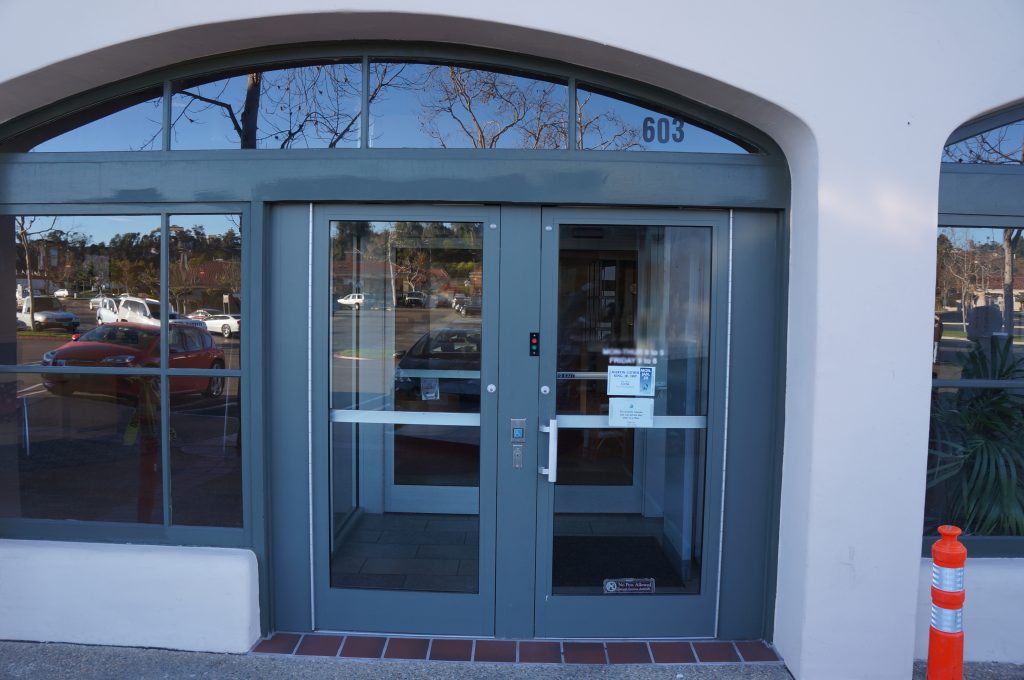Interlocking Doors & Access Control Solutions
Interlocking Door Systems and Access Control Solutions are being used more frequently for commercial and other public buildings. Airports, schools, and government buildings are incorporating Interlocking Door Systems and other high-security vestibules to boost safety and security for their facilities.
Simple mantrap doors are familiar to some. However, as a whole, Interlocking Security Door system complexity increases dramatically as more related doors, screening sensors, or connecting rooms are added. At Isotec we design Interlocking Doors and Access Control Solutions that include card access systems, biometrics, etc. that govern the interlocking doors, to ensure compatibility with local building codes.

Interlocking Security Doors - Isotec’s Regimen
Some Interlocking Door Systems or Access Control Solutions have site-specific applications for places such as detention centers, casinos or government sites. These Interlocking Doors typically incorporate credentialed access and require that both the doors be normally locked. Bio-medical and pharmaceutical sites, on the other hand, may use a security access control system to provide a higher degree of security to isolate security threats.
The next step in designing an Interlocking Door System is to determine what Access Control Systems would benefit a facility’s requirements for occupancy and entrance/egress throughput. Floor plans, blueprints or “as built plans” detailing access points help to determine the required PLC’s ladder logic.
For security purposes one door is normally locked. Opening either door causes the other door to lock, preventing it from being opened while the first door is open and preventing the person from entering or escaping. Isotec programs these security vestibules to be “fail-safe”, meaning that both doors automatically unlock in the event of an emergency or override.
Isotec uses PLCs to monitor and control Interlocking Doors. The PLC operates in accordance with pre-determined algorithms to meet the scenario of operation required by the end user.
Isotec primarily uses magnetic locks (AKA maglock) to secure our Interlocking Security Doors. The maglocks have a minimum 1200lbs “pull force” rating. Higher levels of pull force are also available. Isotec may also use a combination of “door strikes”, fail-safe maglocks and fail-secure strikes. These combinations are determined by the security requisites and life safety codes.
At Isotec, we use credentialed access that incorporates biometric, PIN or card driven devices for access through one of these Interlocking Door Systems. In necessary cases, our Access Control Systems also can function using double “positive ID verification.” Valid credentials will activate the interlock door relays for a preset time. If the related doors are secure, the PLC will unlock the door following the state of the request-for-access input. Multiple requests-for-access are held pending until the door can be unlocked or the access request times out.
Automatic interlocking doors require special considerations. Mantrap door systems are typically powered open and powered closed with a built-in time delay and various safety sensors. The throughput of fully automated security door systems will be determined by local codes, which require safe operating speeds for one of these Interlocking Door Systems.
These Access Control Systems Status light displays indicate if a door is locked (red light) or unlocked (green light). Depending on the required “scenarios of operation”, some security door systems may use three colored status light displays (red, amber and green).
In an emergency, the fire alarm relay on our Interlocking Security Doors is used to unlock maglocks and failsafe strikes. Other override controls are programmed into the operator console and wireless push-button remotes included with each system. Time-delayed relocks to override the door interlocks, or a custom PLC sequence of operations are specified by the end user.
It is critical to understand a facility’s safety and security protocols to determine the appropriate Interlocking Door Systems and Access Control Solutions that would fit your needs. Designs and functionalities will vary as based on the needs of the facility and the end users’ concept or requisite for safety and security.
